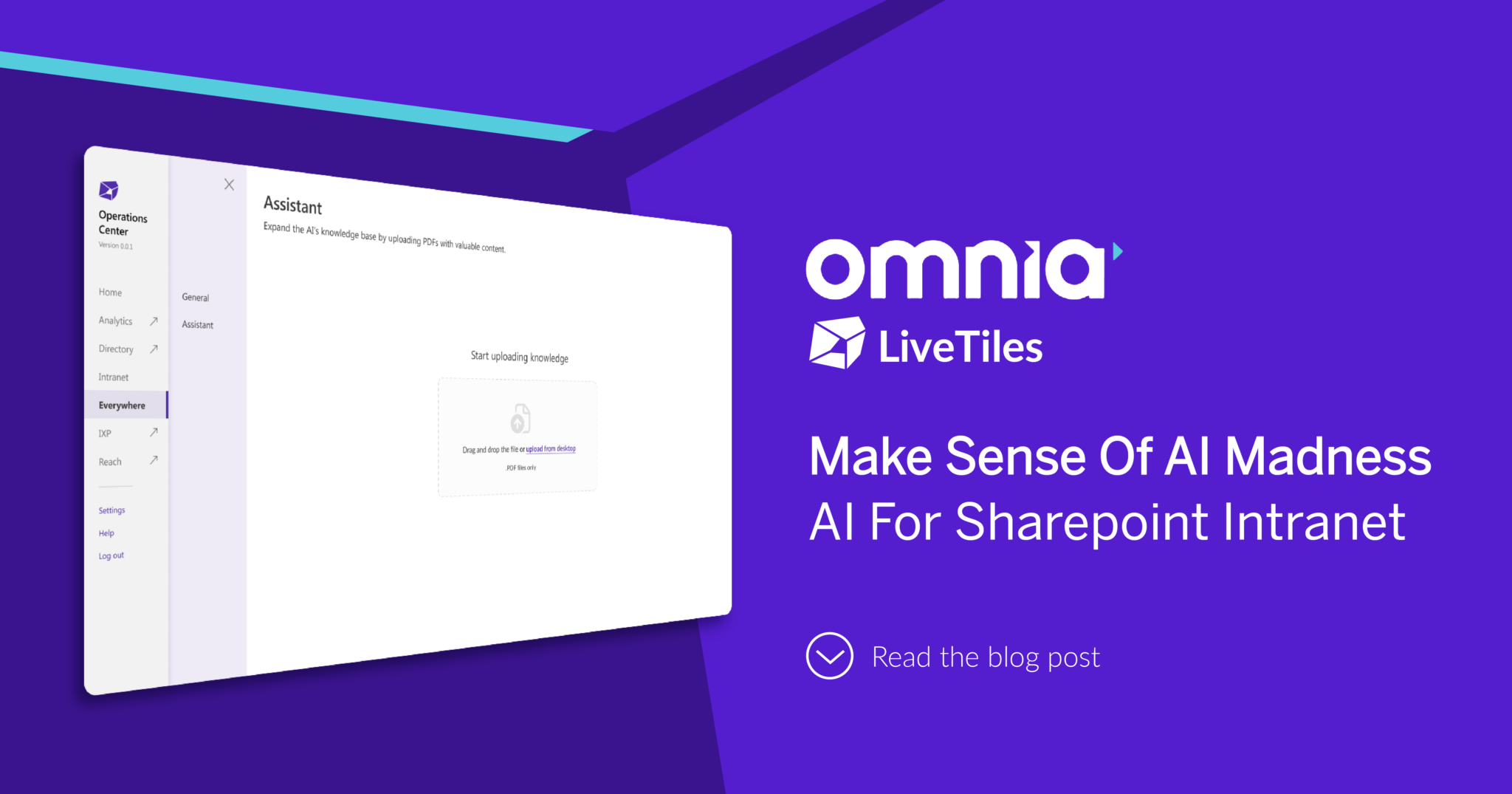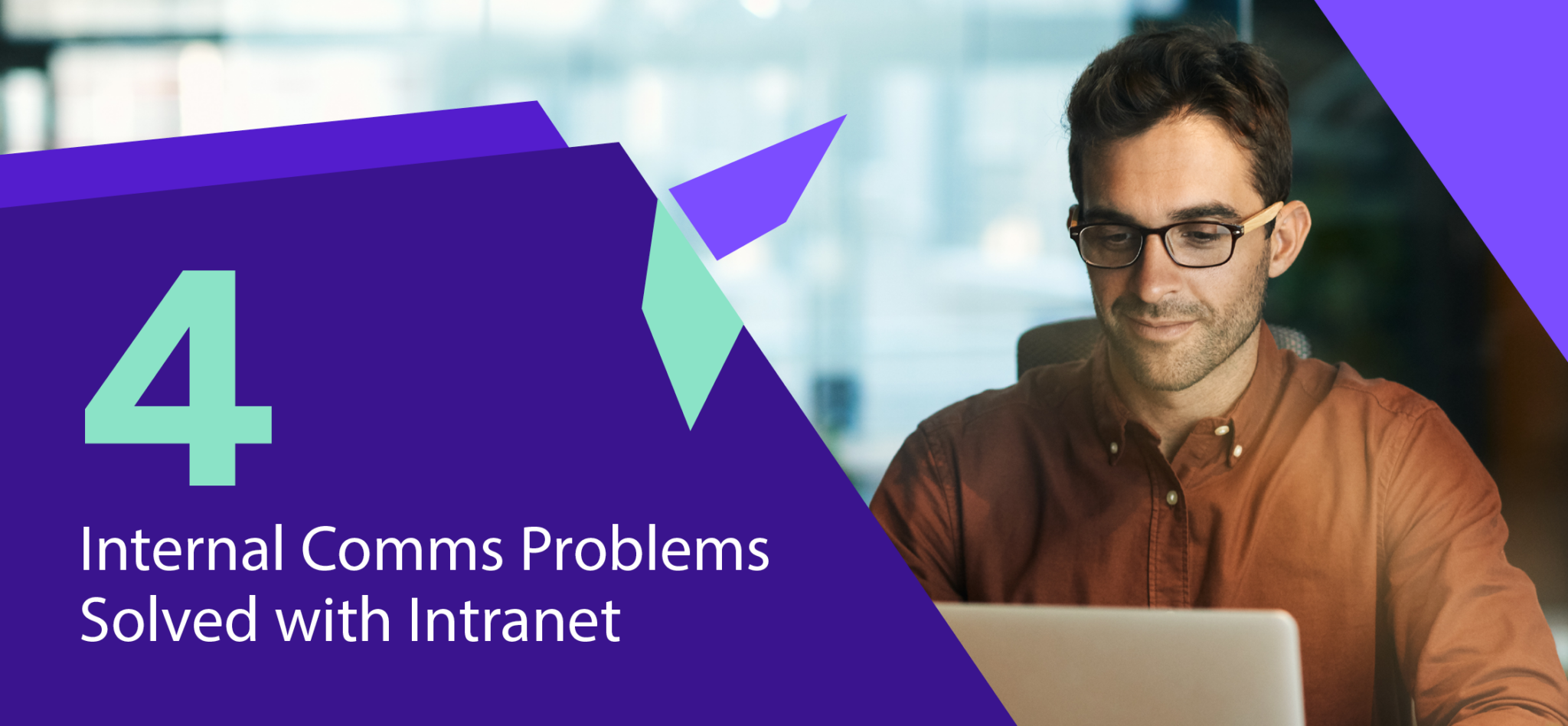5 ways employee profiles help with Onboarding Remote Employees
This blog series will analyze the needs of the remote worker and the role that employee profile information plays in supporting their effective working.
Here’s how the process of onboarding new employees and having up-to-date employee profiles help make this practice more efficient. Check out the other articles in this series and find out more about employee profiles in the remote workplace and promoting expertise via profiles.
Many industries and companies have shifted to a remote working setup – whether for all their employees or just some. This brings both opportunities and challenges to the organization and its staff.
This is particularly important when it comes to the onboarding of new hires. We’ve highlighted five ways in which effective employee profiles and information can support the on-boarding process, helping new hires start off on the right foot.
First impressions are crucial when onboarding new employees
The first weeks of a new job are critical to establishing good rapport, expectations and making a new hire feel part of the team. Getting it right in those critical first weeks/months can mean the difference between a highly engaged employee who sees a long-term career at the company, and someone who never properly settles. In the long term, this can lead to lost productivity, a reduction in team morale, and ultimately a cost to the business.
25% to 30% of the workforce is predicted to be working remotely by the end of 2021. It’s crucial that the standard onboarding programs and processes are adapted for this different way of working so onboarding new employees helps new hires hit the ground running.
A quick reminder about employee profiles
Employee profiles are online pages that highlight each team member in your organization. Information may include:
- Photos
- Job titles
- Employment history
- Qualifications/certificates
- Biographical information
- Quotes/fun facts

5 ways employee profiles help with onboarding remote employees
1. Highlights new employees
Traditionally, when a new person joins your business, they meet other employees face-to-face and get used to their new surroundings. This physical interaction is lost when new starters are remote. So, it’s important to digitally “announce” the new hire and point relevant colleagues in their direction.
Having access to insightful and accurate information about new employees allows managers, HR, and others to effectively “put the spotlight on them” and the skills they bring. It also means that the new hire can access colleagues’ profile information to get a better sense of “who does what”. This is one of the first steps to making them feel part of the team.
2. Promotes past projects and expertise
When a new employee joins the company, it can be helpful to include relevant details like previous job and project experience to help the rest of the company understand what they bring to the table. When included in a people search, this information helps current staff understand which tasks and projects the new starter should get involved in, and how they can help the wider team. For example, if they have experience in a specific subject, technology, or product, they can be identified as a new subject matter expert (SME).

3. Makes new hires easily contactable
When onboarding new employees information is captured across collaboration systems—email, corporate messaging, intranet, and videoconferencing (including Microsoft Teams)—it makes it easier for other employees to connect and work with them. For example, ensuring phone numbers are up to date avoids communication bottlenecks if the new hire needs to be contacted “offline”.
4. Ensures they get the necessary communications
When profile information like department and location are accurately managed, it becomes much easier to manage Distribution Lists and systems that target content. It’s important to make sure the new employee is not overlooked for new meetings, and that systems can get the right messages to them. This means they can understand what information is relevant to them and their role in the organization.

5. Identifies training opportunities
Having details such as certifications and qualifications readily accessible to management and HR. This will accelerate and streamline processes like the development of a career plan. It can help in regulated industries to quickly identify any required certification or clearance access prerequisites to be assigned specific work or projects.
Engaging your employees engages your business
When it comes to making sure your employee profiles are up to date, you shouldn’t leave anything to chance. The working week is fast-paced, dynamic and often changing in knowledge worker roles. Making sure your employee information is kept up to date allows your teams to concentrate on their highest value tasks, without worrying about inaccurate administration or clerical errors that can hold up projects.
LiveTiles Directory automates the management of employee profiles. It collects the important and business critical information about your employees and ensures it’s readily accessible and always up to date. Our solution is designed to support effective collaboration across your organization. This is especially important for your remote employees, new and old alike.
To find out more about how LiveTiles Directory can help onboard remote employees, get in touch with us today.
Share the blog post








